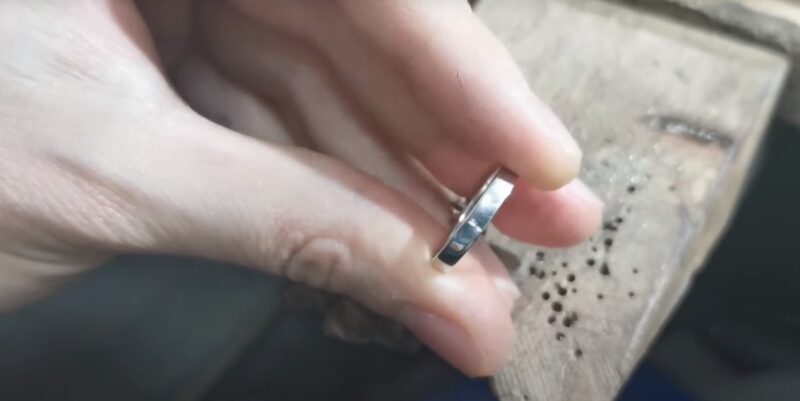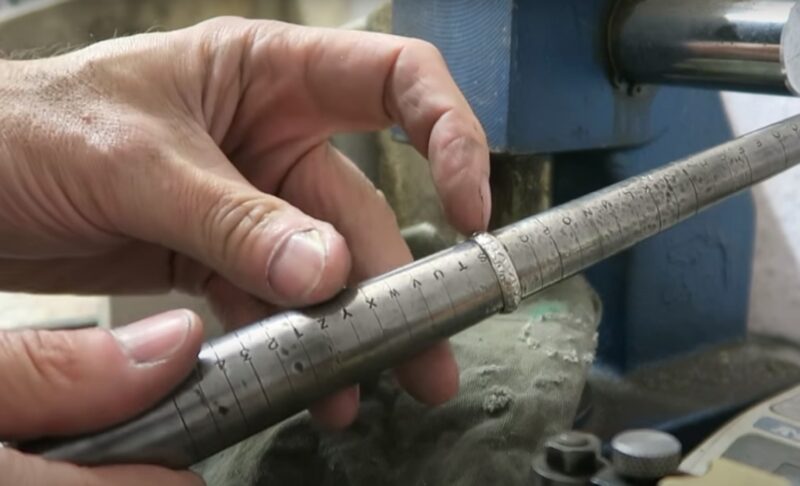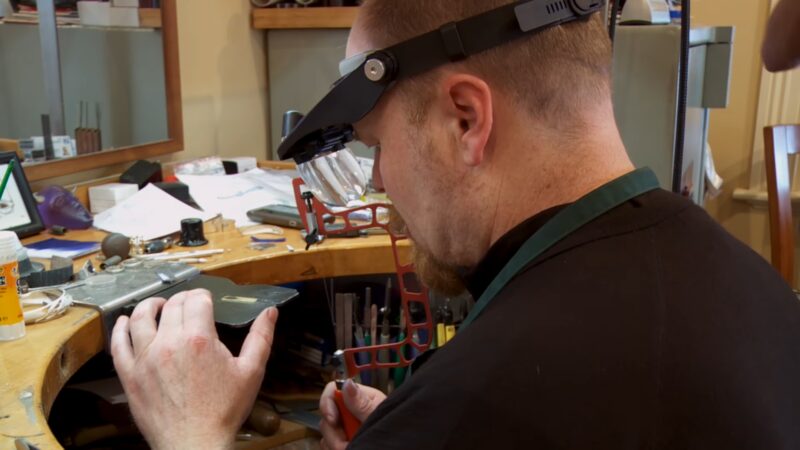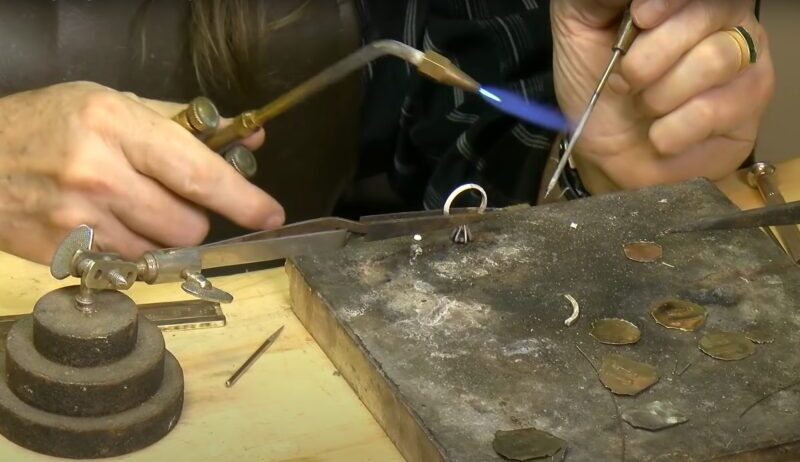In this comprehensive guide, we’ll look into one of the most common questions asked by jewelry enthusiasts and those planning special occasions: “How long does it take to resize a ring?” Getting to know the time involved in resizing a ring is crucial, especially for those planning for significant events like engagements, weddings, or anniversaries.
This article is designed to provide valuable insights and expert advice, ensuring that you have all the information needed to make informed decisions about ring resizing.
Timeframe for Resizing
Influences on the Resizing Process

There are several factors that influence the process of resizing rings.
Material Matters
The material of your ring is a critical factor in determining how it can be resized and how long the process will take. For instance, resizing a gold ring is generally quicker and easier compared to platinum, which requires a higher melting point and more specialized equipment.
Degree of Resizing
The extent of resizing also impacts the time needed. Slight adjustments are typically quicker to execute than significant size changes, which might involve adding or removing material.
Design and Gemstones
Rings with intricate designs or those set with gemstones require extra care and time. Resizing such rings may involve additional steps like removing and resetting stones or altering detailed patterns, which can extend the resizing process.
Expertise and Equipment
The role of a jeweler’s expertise in the ring-resizing process cannot be overstated. Experienced jewelers, often with years or even decades in the trade, bring a wealth of knowledge and skill to each resizing task.
Their expertise allows them to quickly assess the best approach for resizing, taking into account the ring’s material, design, and any gemstones it might have. This proficiency not only speeds up the process but also ensures the integrity and beauty of the ring are maintained post-resizing.
Advanced equipment plays a pivotal role as well. Jewelers equipped with the latest technology can handle complex resizing requests with greater precision and efficiency. For example, laser welding machines allow for finer work around gemstones, reducing the risk of damage and the time needed for resetting stones.
Similarly, computer-aided design (CAD) systems can aid in visualizing and planning adjustments, especially for custom designs. On the flip side, jewelers who are less experienced or lack access to advanced tools might require more time to complete the same task.
They might need to employ more traditional methods, which, while effective, can be more time-consuming. Additionally, their cautious approach, necessary to ensure the ring’s safety, might add to the overall timeframe.
Customization and Additional Work

When resizing involves more than just adjusting the size, the process becomes more intricate. Customizations like engraving involve careful planning and execution, as the jeweler must ensure the design’s continuity post-resizing.
Adding new stones or changing the band’s design is equally complex, requiring the jeweler to balance the ring’s new size with its aesthetic and structural integrity. These additional tasks necessitate not only extra time but also skill.
Jewelers must consider how these customizations interact with the existing design, ensuring that the final product is both beautiful and functional.
Planning for Special Occasions
Timely planning is essential when resizing rings for special events like engagements and weddings, especially because it has to fit with the overall style of bridesmaid dress. Given the emotional significance of these occasions, it’s crucial to allocate sufficient time for the resizing process.
This is especially important during peak seasons, such as holiday periods and the wedding season, when jewelers are typically busier. Starting early allows for any unforeseen delays and ensures that the ring will be ready for the big day. It also provides a buffer for any additional adjustments or customizations that might be desired.
Communication is Key

Effective communication forms the backbone of a successful resizing process. Regular updates from your jeweler about the progress and any challenges encountered can provide peace of mind and help manage expectations.
Moreover, clearly conveying your needs, timeline, and any specific requests at the outset can help the jeweler better understand your vision. This open dialogue ensures that the final product aligns with your desires, making the wait for your resized ring all the more worthwhile.
FAQ
Can resizing a ring affect its strength?
Yes, resizing a ring can impact its strength. Making a ring smaller usually involves cutting out a piece of the band and soldering it back together, which can create a weak point. Making a ring larger by stretching can also weaken the metal. Jewelers take care to minimize these effects, but it’s something to be aware of.
Is it possible to resize a ring with a full eternity band?
Resizing a ring with a full eternity band (where diamonds or other gemstones go all the way around the band) is challenging and often not recommended. The continuous setting makes it difficult to adjust the size without affecting the setting of the stones. Sometimes, it’s necessary to completely remake the band.
How often can a ring be resized?
There’s no set limit to how many times a ring can be resized, but frequent resizing is not advised. Each resizing can potentially weaken the ring and alter its structure. Generally, it’s best to limit resizing to once or twice during the ring’s lifetime.
Can any ring be resized?
Not all rings can be resized. Rings made from materials like tungsten or titanium are very difficult or impossible to resize due to their hardness. Similarly, rings with complex designs or patterns around the entire band might not be suitable for resizing.
Does resizing a ring leave visible marks?
A well-done resizing job should leave minimal to no visible marks. Expert jewelers can resize rings in such a way that the join is almost invisible. However, this can depend on the ring’s material and design.
What should I do if my resized ring doesn’t fit properly?
If your resized ring doesn’t fit as expected, return it to the jeweler for further adjustments. It’s important to communicate clearly about the fit you’re looking for. Sometimes, it takes a couple of tries to get the perfect fit, especially with complex designs or materials.
Final Words
Getting to know the factors that affect ring resizing time is essential for anyone looking to alter their precious jewelry. Whether it’s a simple size adjustment or a more complex modification, knowing what to expect can help you plan more effectively and avoid disappointments.
Always consult with your jeweler about the estimated time required for your specific resizing needs, and remember that quality craftsmanship is worth the wait, especially for a piece of jewelry that holds significant emotional value.
